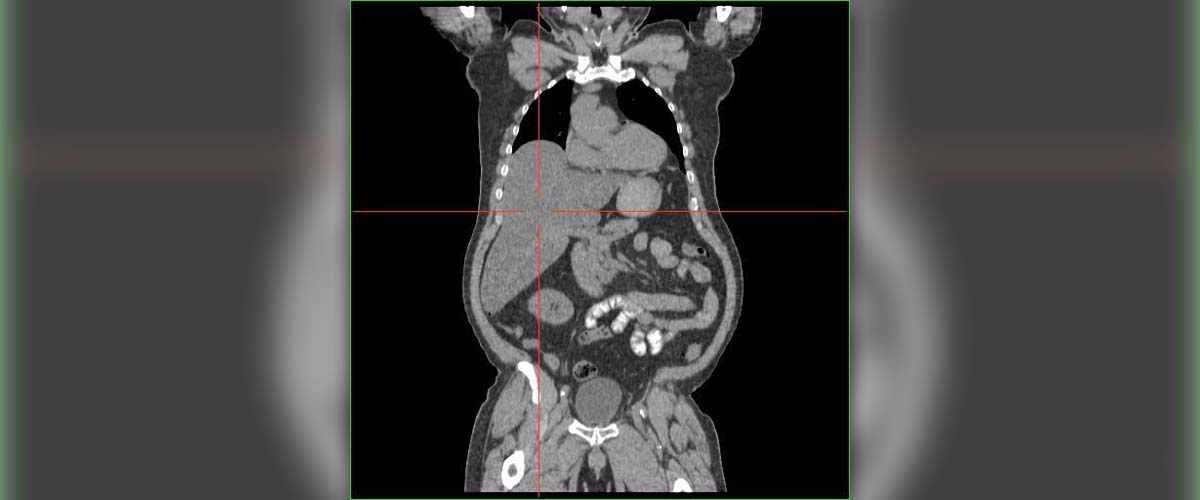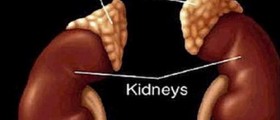Enlarged Liver and Spleen
Enlargement of the liver and the spleen are most commonly associated with certain diseases of the liver, kidneys or red blood cells. In some cases only one of these organs is enlarged and sometimes both of them are enlarged at the same time. Enlargement only points to certain problems and there are even possible complications of these two conditions.
In both cases enlargement actually represents the symptom of some underlying condition. This particularly refers to splenomegaly. If these two organs are enlarged at the same time the condition is medically known as hepatosplenomegaly.
Causes of Enlarged Liver and Spleen
There are numerous medical conditions which can feature with hepatosplenomegaly.
The enlargement of the liver and the spleen most commonly occurs in different viral infections. Patients who are suffering from hepatitis apart from numerous symptoms also have enlarged liver and the spleen. This enlargement is additionally typical for infective mononucleosis. Furthermore, typhoid may as well cause this symptom.
In chronic alcoholics liver is almost always enlarged. Additional enlargement of the spleen occurs in later stages of alcohol-induced cirrhosis.
Even non-alcoholic fatty liver disease can be accompanied by hepatosplenomegaly. Fatty liver disease initially affects the liver and features with accumulation of the fats and consequent inflammation.
People who are suffering from malignant tumors may also experience hepatosplenomegaly. The liver and the spleen are enlarged in leukemia and other malignant tumors. Even the secondary spread of some distant tumor may result in hepatosplenomegaly.
Hepatosplenomegaly may be also typical for certain genetic disorders. They include sickle cell anemia, Gaucher's disease and many more. Enlargement of these two organs is commonly connected to progression of the disease.
And finally, in immunocompromised people acute conditions such as jaundice or sepsis may induce acute enlargement of these two organs.
Diagnosis of Enlarged Liver and Spleen
It is rather easy to figure out whether the liver and the spleen are enlarged or not. Well experienced doctor will palpate the abdomen and feel these two organs under his/ her fingers. Namely, neither the liver not the spleen are normally palpated because their lower part does not cross the border of the rib cage. However, if they are enlarged their lower part can be palpated below the level of the rib cage. While palpating the doctor must be very careful since enlarged spleen is prone to rupture. Additional conformation of enlargement is achieved by ultrasound of the abdomen or CT scan and MRI.
And finally, after the doctor has established the underlying cause of hepatosplenomegaly, this enlargement will withdraw after the patient is given proper therapy.
- The most common presenting features was anemia (79.3%) followed by fever (78%) and jaundice (38.7%). Infectious (50%) causes are commonest aetiology of hepatosplenomegaly followed by haematological (36%) and congestive (6%) causes. Infectious etiology was commonly constituted by malaria (25.2%) due to high prevalence of malaria in rural Odisha.
- Mortality is significant in infectious and congestive aetiologies among younger age groups whereas haematological causes have favorable outcome.
- In our study fever, pallor and jaundice are common presenting symptoms whereas pyrexia, anemia, icterus, abdominal distension, oedema, lymhadenopathy and respiratory distress are common examination findings in children with hepatosplenomegaly.
- Infectious causes are commonest etiology followed by haematological and congestive causes in our study. Among infectious causes commonest being malaria followed by septicaemia.
- There is greater prevalence of storage disorders and malignancies and haematological causes in other studies compared to our studies. This is in accordance with the fact that the relative incidence of the cause of hepatosplenomegaly is subject to geographical and ethnic variation.
- In western countries, the malignancies and haematological causes account most of the cases whereas in tropical countries the incidence of such causes is swamped the greater preponderance of tropical infectious disease like malaria.


















Your thoughts on this
Loading...